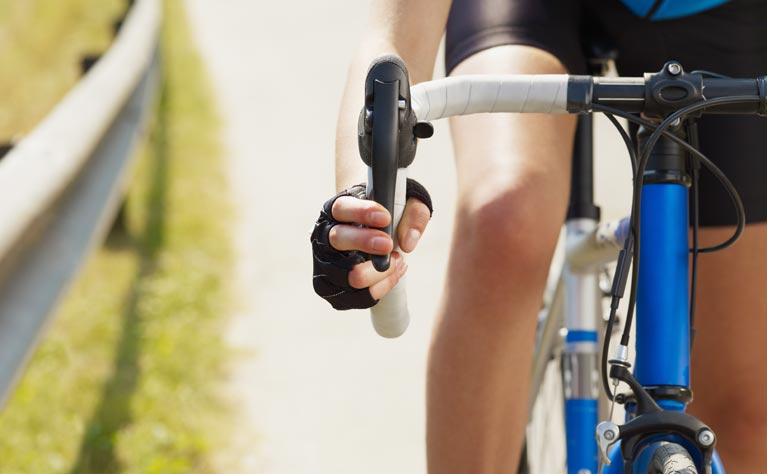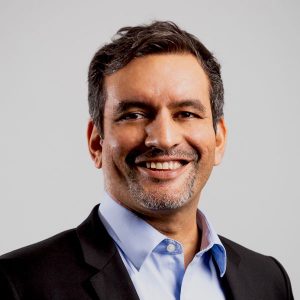A second opinion from Professor Ali Noorani identifies a serious elbow injury after a cycling accident.
Alex broke her left elbow, when falling off her bike on to her outstretched hand, one bone (radial head) knocking a tiny chunk of bone out of capitellum (end of humerus) with ligaments being torn near the joint. As a result, she was experiencing severe pain in her left elbow and was unable to straighten it.

Professor Noorani is a first-rate clinician and very easy to relate to. He achieves the right balance between reassurance and providing accurate information to obtain fully informed consent to surgery.
TAGGED INProfessor Ali Noorani
Shoulder & elbow sports injury and trauma
At A&E the consultant suspected she had a radial head fracture, but was not sure. Alex wanted a second opinion without delay, so a search on the internet for ‘consultant orthopaedic surgeon in north London’, led her to Professor Ali Noorani.
When he studied Alex’s X-ray, Professor Noorani noticed a suspicious shadow in the capitellum (bone on the outside of the elbow) and requested further scans: an MRI to look at the soft tissue, and a CT scan to define whether there was a bony fragment. The scans showed that Alex did not have a relatively common radial head fracture, but an osteochondral injury to the capitellum. A wafer-thin sliver of bone with cartilage had been knocked off her capitellum, an injury which can lead to arthritis. Alternatively, the fragment could get caught in the joint and cause locking and pain.
Professor Noorani says: “Alex’s is a classic case where the initial assessment elsewhere diagnosed this as a fairly benign injury, but in fact she had a serious injury to her elbow involving the bone and the ligaments.”
Professor Noorani operated to maximise the chance of a good outcome. He says: “It was very important to fix this injury. The piece of bone was too thin to be fixed even with the tiniest of screws, so in this case we used a special kind of bio-absorbable darts, tiny pegs made of a special type of plastic which the body dissolves over time.”
Alex is very pleased with the result and has recently played alto flute in concert and can now use her left arm for most activities. The scar is barely visible. She advises patients with similar problems to book an urgent appointment with Professor Noorani (or similarly experienced consultant orthopaedic surgeon) go to the physio he recommends, do exercises and follow all other post-op advice.
She adds: “Professor Noorani is a first-rate clinician and very easy to relate to. He achieves the right balance between reassurance and providing accurate information to obtain fully informed consent to surgery.”
Professor Noorani says: “Alex’s two elbow problems were successfully repaired. She then went through an extensive rehabilitation programme, which involved intensive physiotherapy. She has made a full recovery with a normal range of movement of her elbow with excellent strength and stability.”

Looking to speak to our team? Call us on 020 7046 8000 020 7046 8085
To book an appointment
or refer a patient
